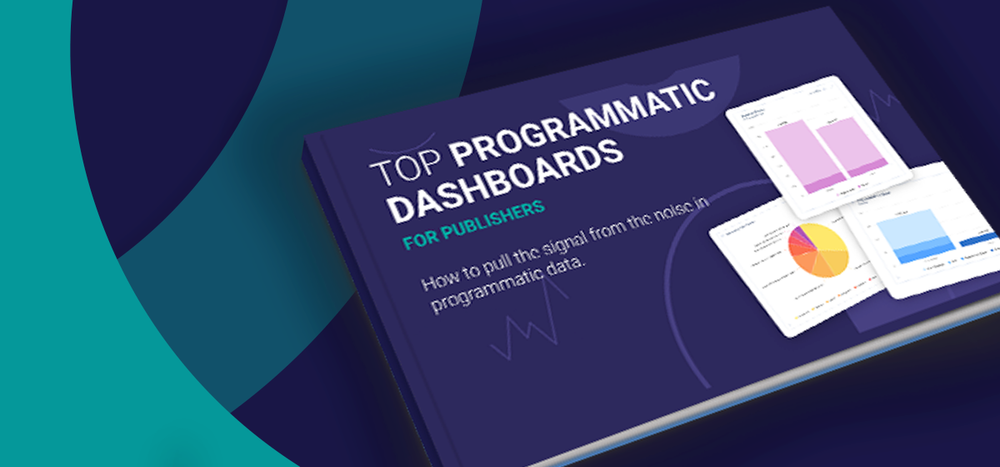In an industry driven by effective advertising, media quality measurement has become a valuable tool. By reducing fraud, increasing ad viewability, and ensuring brand suitability and proper geographical targeting, verification has improved the integrity of the digital ad space.
While obviously valuable for advertisers, publishers have struggled to adapt to new ad technology and verification standards that complicate their operations and dilute their revenue. Tech disparity and lack of transparency plays a major role, making it difficult for publishers to optimize their inventory.
Better ad performance is the tide that lifts all boats, but only if the buy-side and sell-side can sustainably work together. While we continue to work on increasing transparency in the industry, there are some things publishers can do today to improve yield and reduce friction.
1. Start media quality conversations early
Ad ops teams are exceedingly aware of the impact on yield when verification standards aren’t met, but that awareness needs to also be held by publisher sales teams. By communicating with sales and other brand-facing teams early, you can better optimize inventory.
Consider asking your sales teams to discuss the following questions with brands or agencies:
- What media quality metrics are you measuring, and what are your goals?
- Who are you working with to measure ad performance on our site?
- Can we leverage our own measurement tools to supplement your information?
Often, these questions are asked after the fact, when an undiscussed expectation is surfaced by one party or the other. Proactively answering these questions before agreements are made will help you get clarity on a brand’s expectations, including things like keyword blocking and brand suitability goals. Ad ops teams can use this information to avoid reactive adjustments and better align inventory before the campaign goes live. These answers also trickle down to finance teams, who can better align revenue expectations with reality due to the increased clarity.
2. Open communication with verification vendors
Often, when delivery issues arise on a publisher’s site, diagnosing and troubleshooting these issues requires third-party input. But who do you go to for more information on what placement was affected, why something was blocked, or how fraudulent traffic is being defined? Getting that information from the advertiser, agency, or verification vendor after a problem is spotted still leaves ad ops teams in a reactive state. If you’re working with a new brand (and you’ve followed the above suggestion of learning which vendors they are working with), consider reaching out to the vendor proactively about the specific goals of that advertiser and campaign.
For example, the issue of reducing ad load time is a contentious topic that easily dissolves into finger pointing. Communicating early and often with verification companies is the first step to a more sustainable solution. By working closer with your vendors, you have an opportunity to share information that will help improve technology, operational workflows, and client communication.
3. Take early steps toward data democratization
Much of the friction in the industry boils down to unclear processes and a lack of data transparency. When these issues are addressed, it allows for more productive conversations, insights and solutions. When media quality performance data is fully democratized, it will open up new avenues for growth.
It’s important to realize that this mission does not stop at the relationship between the buy-side and the sell-side. Making data more available within your own organization is the first step for any business that wants to improve decision making. To return to the example mentioned previously, publishers have an opportunity to make ad quality data available and relevant to sales teams in the negotiation process. Re-examining these workflows and becoming more transparent internally is a step in the right direction as we work to improve transparency across the industry.
Industry change is not going to stop, which makes it even more important to work towards building a more transparent foundation. It starts with leveling the playing field through publisher focused tools, but that's only the beginning. The loss of the third-party cookie and increased use of contextual targeting and first-party data will make data democratization more important moving forward.
Media quality is an understandable pain point for publishers trying to grow revenue and combat complexity. We must remember that improved ad performance helps sustain an ad-supported ecosystem that considers all parties integral to industry success. While it is clear that both sides have work to do, publishers can take action today with a number of operational changes to put their best foot forward.
How has your team been approaching these issues? Are there any other best practices you’ve found? Contact us, we’d love to hear from you!





